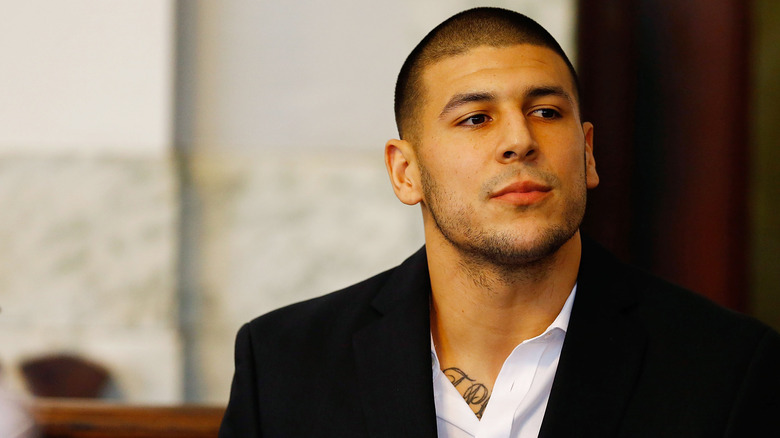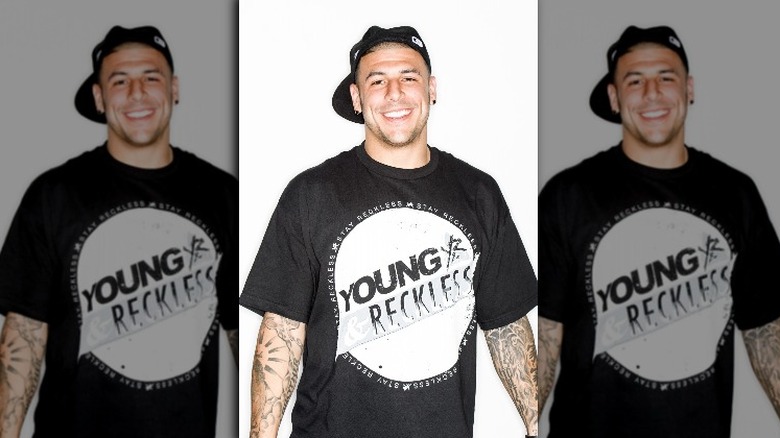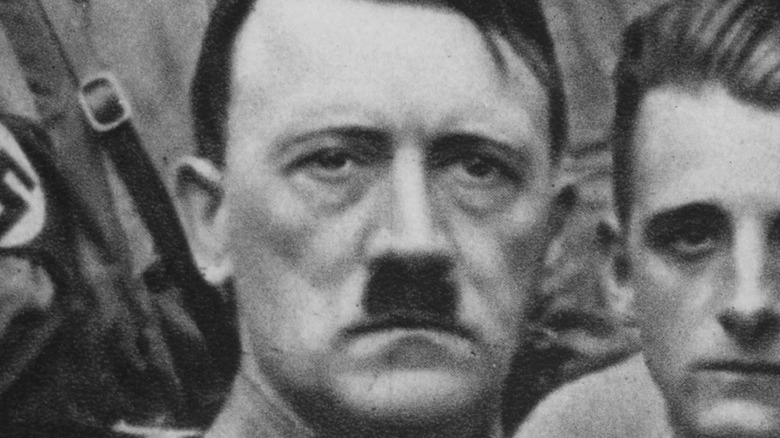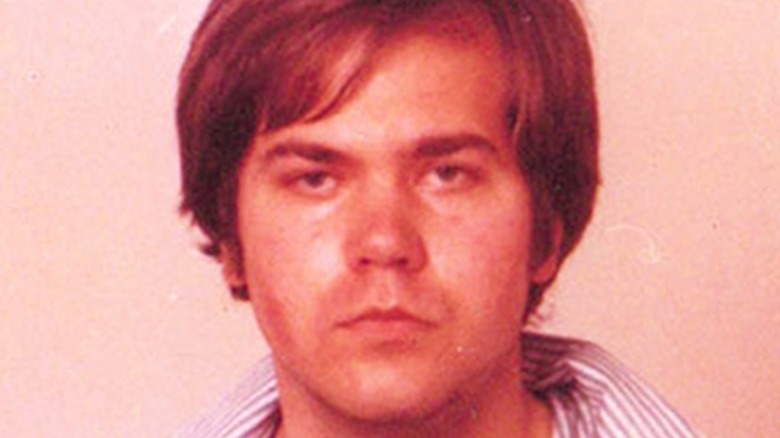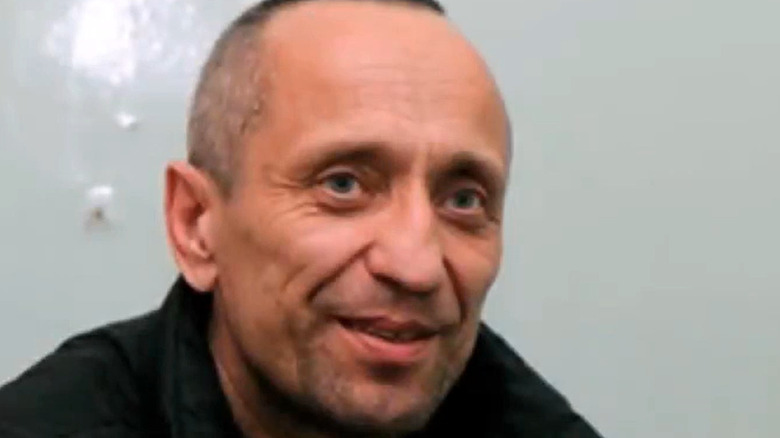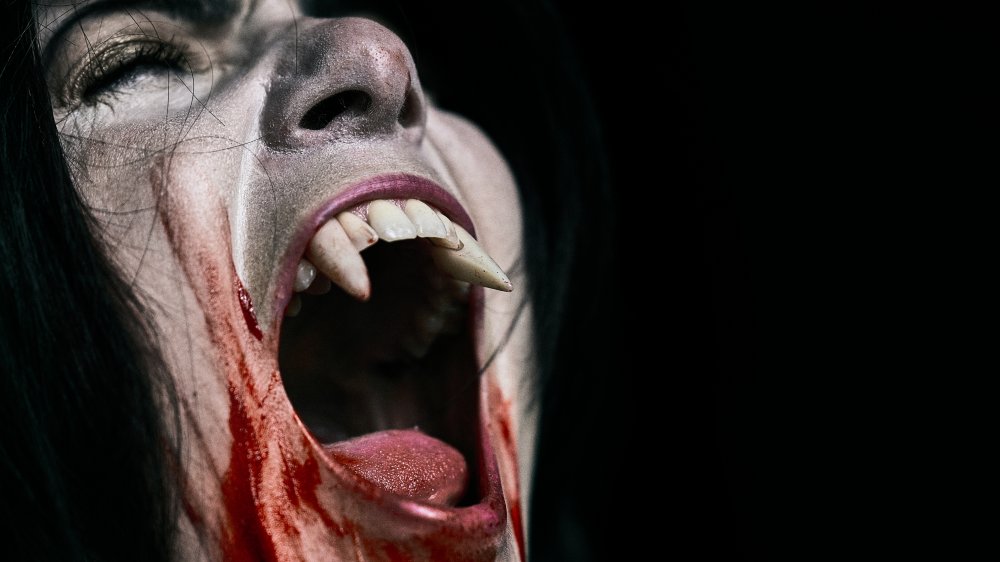
Things Killer Inside: The Mind Of Aaron Hernandez Didn’t Tell You
On June 27, 2013, Aaron Hernandez was arrested and charged with the murder of Odin Lloyd earlier the same month. He was also named the primary suspect in the June 2012 murders of Daniel de Abreu and Safiro Furtado. Prior to his arrest, Hernandez was a tight end for the NFL’s New England Patriots for three seasons. As reported by Boston.com, Hernandez signed a five-year extension — worth an estimated $40 million — less than one year before he was arrested and charged with murder. Immediately following his arrest, Hernandez was expelled from the team.
Sports Illustrated reports Hernandez was convicted of first-degree murder in the death of Lloyd on February 14, 2017. He was subsequently sentenced to life in prison. Two months later, he was acquitted in the murders of de Abreu and Furtado. Shockingly, five days after his acquittal was announced, Hernandez was found dead in his cell at the Souza Baranowski Correctional Center in Shirley, Massachusetts. As reported by NBC Sports, his death was ruled a suicide.
Sporting News reports Hernandez’s first-degree murder conviction was vacated in May 2017. However, the decision was overturned, and the conviction was reinstated in March 2019. In addition, Hernandez’s story was thrust back into the spotlight with a 2020 Netflix documentary series, “Killer Inside: The Mind of Aaron Hernandez.” Although the series exposed a number of previously unknown facts about the former football star’s life and crimes, there are several relevant topics that were not thoroughly explored.
If you or anyone you know is having suicidal thoughts, please call the National Suicide Prevention Lifeline at 1-800-273-TALK (8255).
Evidence that led to Aaron Hernandez's conviction came from his own cameras
Aaron Hernandez was convicted, in part, based on security camera footage of his movements on the day Odin Lloyd was killed.
As reported by ABC News, Hernandez had a total of 14 surveillance cameras in and around his $1.2 million home. In the footage captured on those cameras, Hernandez and two other men are seen leaving the house at 1:12 a.m. on June 16, 2013. At 3:33 a.m., Hernandez was recorded returning to his home. As he entered the living room, he appeared to be holding a large caliber firearm. Prosecutors suggested the weapon was consistent with the bullets recovered from Lloyd’s body and a spent shell casing found inside the car driven by Hernandez.
Authorities believe Hernandez tampered with the security cameras. However, as reported by ABC News, Hernandez’s attorneys denied the accusations. But although detectives were unable to get any video footage from the cameras, they were able to recover still shots that were damaging to Hernandez’s case.
During opening arguments, Hernandez’s defense team argued that their client “did not turn off or tamper with the footage from his home surveillance system.” They also asserted that “if Aaron Hernandez wanted to destroy the recordings … he could have.” As reported by the Chicago Tribune, Hernandez’s failure to destroy evidence that would help secure his conviction was “blatantly sloppy” and may suggest he either thought he was invincible or actually wanted to get caught.
Aaron Hernandez had one of the worst cases of CTE researchers had ever seen
Chronic traumatic encephalopathy is a degenerative brain disease commonly seen in people with occupations that expose them to repetitive brain trauma. As reported by the Concussion Foundation, CTE is most commonly seen in military veterans and professional athletes. Symptoms of the disease include several cognitive symptoms, including confusion and memory loss. However, it can also cause behavioral changes, including aggression, mood swings, and paranoia.
The Washington Post reports a team of researchers from Boston University, who examined Aaron Hernandez’s brain after his death, discovered that he had “one of the most severe cases of CTE found in a person his age.” Essentially, a disturbingly large portion of Hernandez’s brain was either significantly damaged or atrophied. Most importantly, Hernandez’s frontal lobe, responsible for impulse control and judgment, and his amygdala — which regulates anxiety, behavior, emotions, and fear — were both severely damaged. The researchers’ findings suggest Hernandez’s violent tendencies may have been caused or exacerbated by CTE. The researchers also discovered Hernandez had a genetic marker that could indicate he was more susceptible to developing aggressive CTE.
As reported by the Chicago Tribune, Patrick Haggan, who was part of the prosecution team in Hernandez’s second trial, admitted he initially thought the CTE claims were “a publicity stunt.” However, when he saw the researchers’ results, he acknowledged the damage explained a lot of Hernandez’s behaviors.
Critics believe the documentary focused too heavily on Aaron Hernandez's sexuality
Although “Killer Inside: The Mind of Aaron Hernandez” introduces questions about Hernandez’s sexuality, critics believe the topic was focused on too heavily. As reported by Digital Spy, Hernandez was essentially outed by reporter Michelle McPhee on the “Kirk and Callahan” radio show mere days before he committed suicide. Although McPhee later admitted her exposure of Hernandez’s sexuality on a national sports radio show was “really inelegant,” she stopped short of acknowledging the full impact her decision may have had on Hernandez. In fact, she said she expected Hernandez “was more troubled by the fact that he killed his close friend … than his sexuality.”
The documentary series touched on the insensitivity of McPhee’s decision. However, as reported by Entertainment Weekly, critics argue that the documentary’s creators were equally insensitive, as they focused too heavily on rumors about Hernandez’s sexuality. Jose Baez, who was one of Hernandez’s attorneys, said, “It’s funny how in the documentary, they mention how a reporter should never out someone based on their sexuality, yet they decided to make it a center [of] focus of the documentary.”
Rumors about Hernandez’s sexuality were ongoing, but McPhee was the first reporter to expose the rumors. Jennifer Peter, who is a senior editor at the Globe, said she never reported on the rumors because she was “not able to verify that they are based on fact.”
Aaron Hernandez had a heartbreaking childhood
When Aaron Hernandez was 16 years old, his father, Dennis, died of complications related to a routine surgery to repair a hernia. As reported by Heavy, Hernandez said he and his father had a very close relationship and spent a lot of time together. However, other reports have described Dennis as violent and abusive. In an interview with Gladiator, Hernandez’s brother, Jonathan, said their father was an alcoholic who often became verbally and physically abusive when he drank. Jonathan said he and his brother lived in fear of their father and his outbursts. At times, they contemplated reporting him for abuse. However, they feared their father would retaliate and hurt them even worse.
As reported by CNN, Hernandez told his attorney George Leontire that he was “molested fairly intensely as a very young child.” Jonathan confirmed Aaron’s reports of sexual abuse, but neither of the brothers revealed the identity of the abuser. And although Hernandez’s mother, Terri, was one of his most outspoken supporters, she had a number of issues of her own. As reported by Heavy, Terri worked as a bookie for an illegal gambling operation for several years. However, she was never prosecuted for the crime.
People reports that Hernandez had a number of confrontational phone calls with his mother while incarcerated. In one call, which was recorded, the former football star accused his mother of ruining his life and failing to get him necessary medical care when he experienced symptoms of ADHD.
If you or anyone you know has been a victim of sexual assault, help is available. Visit theRape, Abuse & Incest National Network websiteor contact RAINN’s National Helpline at 1-800-656-HOPE (4673).
Prosecutors said Aaron Hernandez's tattoos were a confession of murder
Aaron Hernandez had a total of 36 tattoos, some of which were mentioned during his trial and cited as proof that he was guilty of killing Odin Lloyd.
As reported by Daily Mail, Hernandez got several questionable tattoos in the months following the shooting deaths of Daniel de Abreu and Safiro Furtado. During the trial, tattoo artist David Nelson testified that Hernandez requested tattoos of a cylinder from a revolver with one bullet missing, a spent shell casing, and a smoking semi-automatic handgun with the words “God Forgives” written backward. Prosecutors suggested the tattoos were akin to a confession to the murders of de Abreu and Furtado.
While incarcerated, Hernandez got several new tattoos, including the words “Lifetime Loyalty” on his neck. As reported by Boston.com, the words are accompanied by a five-pointed star and “a hand in the hang-loose gesture.” Although it is unclear what the tattoo actually means, it has been suggested that the star could be a gang symbol.
USA Today reports that Hernandez said the tattoos on his right shoulder and arm represented “everything good” in his life, including tattoos honoring his father and brother. The tattoos on his left shoulder and arm, which included a depiction of Jesus’ hands on the cross, represented the more difficult times and memories.

The Truth About Robin Williams And John Belushi's Relationship
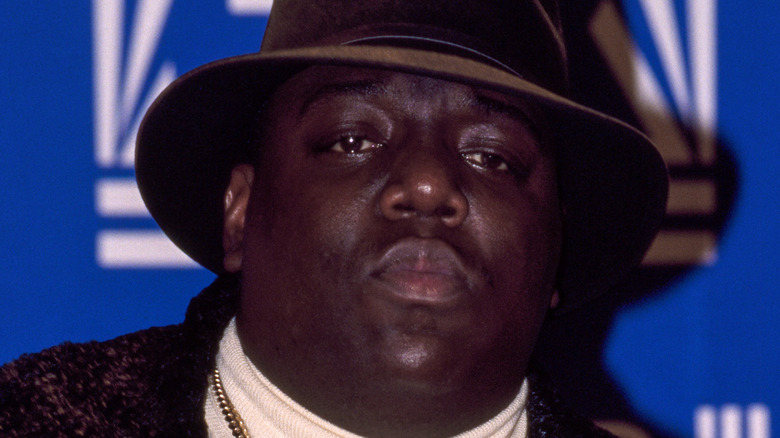
Who Inherited The Notorious B.I.G.'s Money After His Death?
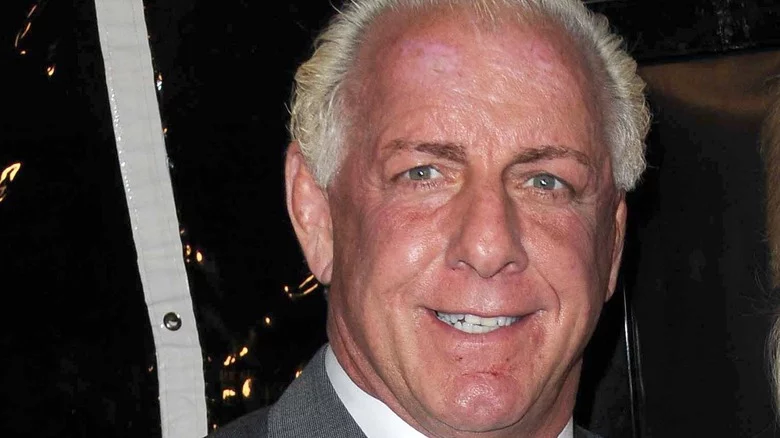
The Truth About Ric Flair's Luxury Car Collection

How Much Money Did Woodstock '99 Cost To Put On?

This Is How Much Bruce Springsteen Is Actually Worth

The Untold Truth About The Origins Of Steampunk
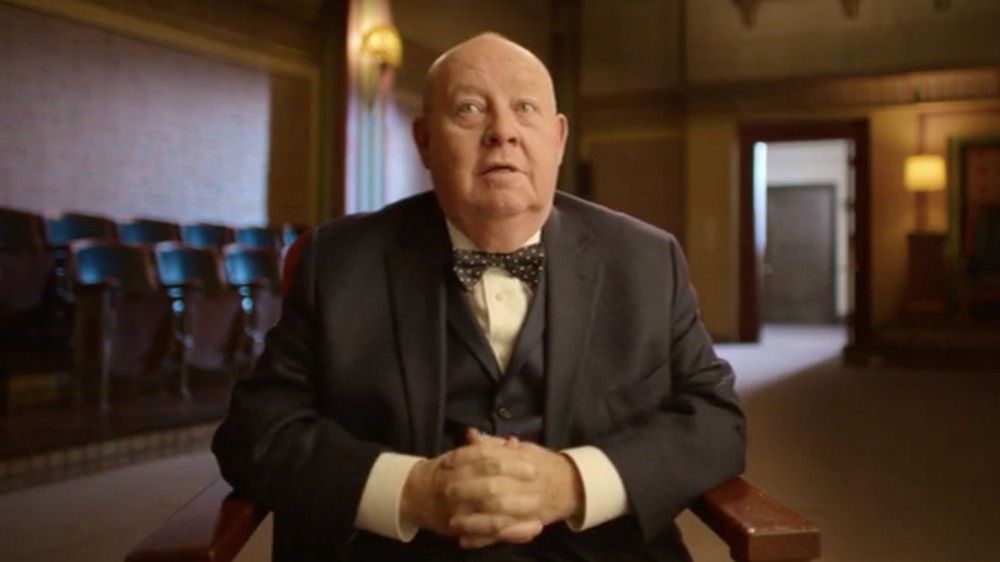
Where Is Shannon Flynn From Murder Among The Mormons?

Joey Bishop: The Truth About The Last Of The Rat Pack

The Tragic Death Of Corey Haim

The History Of Mike Tyson And Donald Trump's Unlikely Relationship


